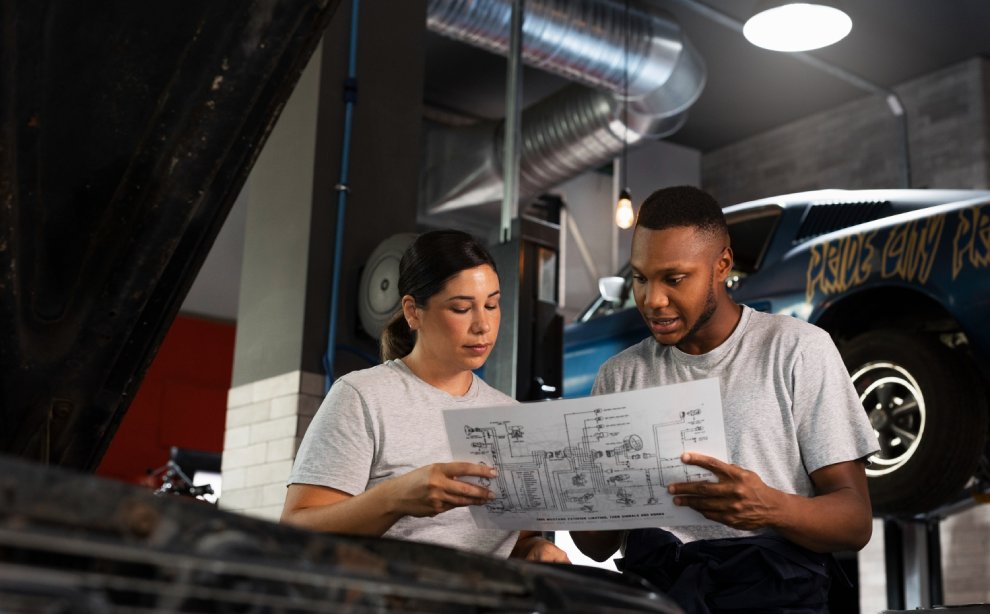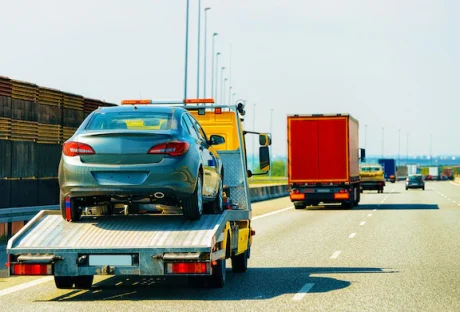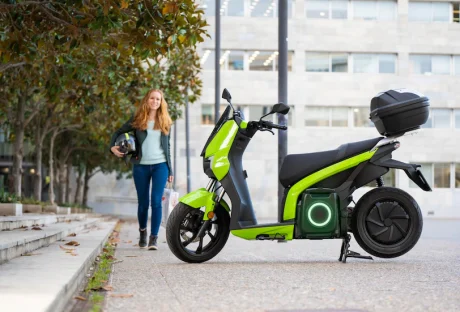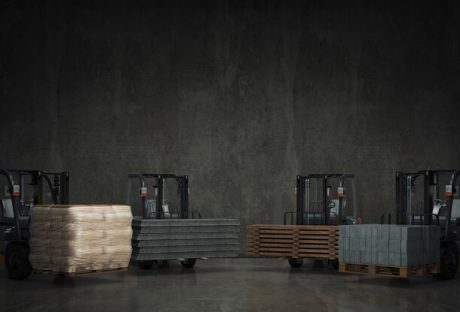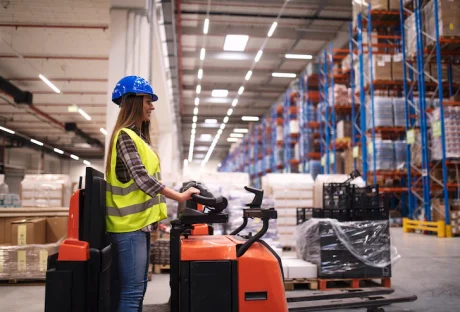Efficient fleet and route management present some of the most significant cost savings opportunities for transport operations looking to streamline expenses amidst rising overheads. While cutting too deeply risks performance impacts, simple modern technology tweaks can significantly optimize fleet maintenance protocols and delivery routing without demanding significant capital investments upfront.
This article summarizes five budget-friendly tactics to boost fleet maintenance productivity and route planning accuracy using existing assets more strategically. Let’s explore prime areas worthy of attention when aiming to balance the books without compromising quality.
Contents
1. Telematics Integration For Intelligent Maintenance
Onboard telematics tracking solutions generate immense data around vehicle usage – everything from daily mileage to fuel consumption rates, acceleration patterns, and engine fault alerts. GPS fleet monitoring systems generate data that is integral for transitioning to more intelligent maintenance planning.
For example, tracking the total mileage elapsed on each vehicle provides maintenance teams advanced notice to schedule preventive services aligned to actual usage rather than guesswork. Engine fault alerts similarly assist workshops in stocking correct parts beforehand, reducing repair times. Such predictive, conditioned-based maintenance enabled by connected telemetry hugely increases workshop productivity and asset longevity over fixed service intervals alone.
The marginal hardware costs pay themselves back rapidly by eliminating unnecessary jobs on under-utilized vehicles while significantly cutting downtimes for aged trucks requiring urgent repair. Managers also gain better oversight on accurate asset utilization – identifying overcapacity and right-sizing accordingly.
2. Dynamic Route Optimization Saves Fuel, Time

Route planning technology has evolved, allowing detailed mapping of traffic conditions, customer needs, and variable delivery volumes to generate optimized routes and sequenced schedules scientifically. Dynamic routing feeds ongoing location pings and logistical changes into algorithms pinpointing the most time and fuel-efficient plans moment-to-moment.
For example, sudden traffic jams easily reroute deliveries, minimizing delays through detours or customer sequence swapping automatically. Live ETAs provide dispatchers with increased responsiveness to urgently insert priority, high-value stops. Route optimization similarly groups nearby customer drops, minimizing dead miles between stops.
The aggregate savings from sharply reduced idling times, fuel spending, and completing more drops per shift quickly offsets monthly routing software subscriptions. A fluid platform also simplifies planning around volatile customer orders or urgent requests. Finally, the streamlined routing eases driver pressures and provides more predictable shift cycles, preventing overtime overruns.
3. Leverage Low-Cost Driver Behavior Analytics
While extensive telemetry solutions assist maintenance practices and route optimization advice, essential low-cost tools encourage safe driving habits with significant safety and cost advantages.
Driver safety starts with journey behavior – sharp acceleration/braking, excessive speeding, and distraction cause most fleet accidents. Installing essential accelerometer apps on company phones, which riders keep in their pockets while driving, gives managers reliable indicators of driving standards without major privacy invasions.
The identified high-risk drivers become eligible for supplemental training to rectify gaps proactively rather than reactively post-accident. Even occasional coaching nudges promote defensive habits, directly preventing liability claims. Tax write-offs on essential safety apps provide further incentives against the staggering fallout of adverse driving.
4. Revise Periodic Inspection Regimes

Most fleet vehicles undergo rigorous annual or bi-annual mechanical and safety inspections to renew registrations and compliance certificates. However, modern usage patterns indicate that minor intermittent inspections work better for heavier-usage vehicles.
For example, an urban delivery van racking high mileage daily deserves more frequent – yet shorter – 30 or 60-day inspection intervals concentrating on high-wear items like tires, wipers, and fluids rather than entire annual drivetrain teardowns. This spreads CAPEX costs into smaller bites while catching deficiencies earlier before catastrophic failures materialize at the worst moment. For vehicles with lower utilization, quarterly checks remain suitable to balance effectiveness against outlay.
Managers shouldn’t rely on annual checks to assure complete reliability on today’s asset-intensive fleet demands—review inspection regimes to align with contemporary mobility profiles.
5. Embrace Eco-Driving Practices For Light Vehicles Too

While most eco-driving programs target commercial trucks, light fleets equally deserve policy attention, given their ubiquity on roads. Minor optimizing tweaks around acceleration, idling, revs per minute, and running A/C make significant impacts multiplied over thousands of miles annually.
Simply avoiding jackrabbit starts saves gas and brake wear dramatically. A/C idling policies similarly cut petty energy waste. Lower viscosity oils boost fuel economy while protecting modern engines from higher operating temperatures. Removing unnecessary cargo weight or drag-inducing racks after shifts conclude also assists in marginal performance gains.
The eco-driving ethos crucially builds employee engagement around fuel budget guardianship. Business mileage reimbursements accordingly shift to reward MPG rather than total gallons consumed. Small in-cab reminders keep consciousness pervasive till smart habits become instilled in practice.
Final Thoughts
With transport margins tightening amidst inflation, energy volatility, and labor churns, sweating assets harder makes commercial sense if done responsibly. The above five pathways leverage connected fleet technology, data insights, and driver partnerships for optimizing critical maintenance and route planning protocols without demanding elaborate upfront investments.
The collective small gains directly enhance workshop productivity, vehicle longevity, fuel economy, and driver experience while cutting risk and delays significantly. Beyond the operational enhancements lie vital cultural shifts, placing field teams at the heart of finding solutions rather than externally imposing changes. Collaborative problem-solving builds their engagement around responsible optimization critical for sustaining a continually improving business despite market uncertainties.
Additional Reading:













